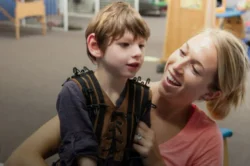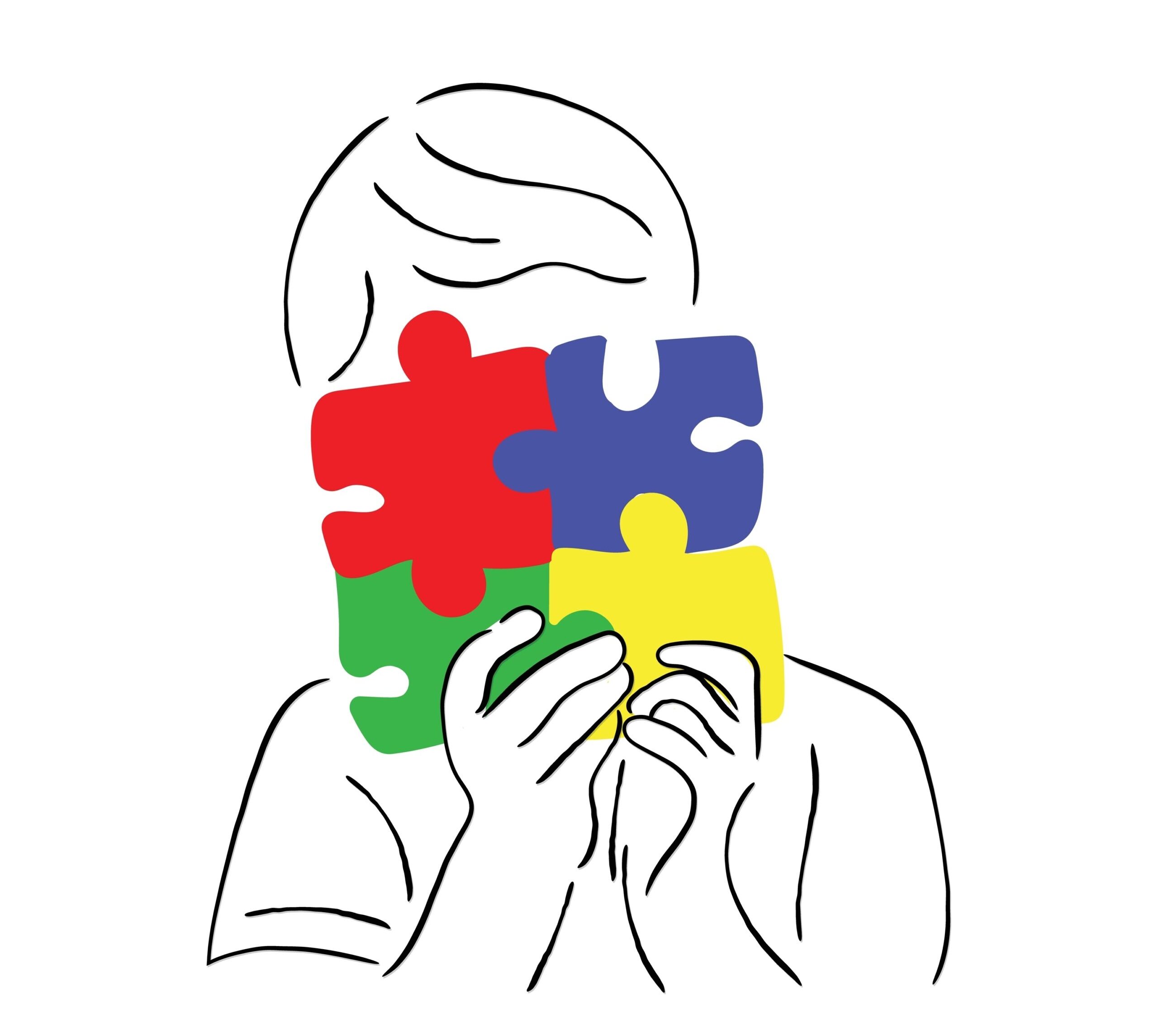
Blog
Understanding the Role of Sensory Toys in Managing Sensory Disorders
Author: DrSensory Team
June 14, 2024
Understanding the Role of Sensory Toys in Managing Sensory Disorders
Understanding the Role of Sensory Toys in Managing Sensory Disorders
For children with ADHD and Autism Spectrum Disorders, the world can be a challenging and overwhelming place. Loud noises, bright lights, and crowded spaces can all be sources of stress and anxiety if not managed and regulated as needed. Sensory toys, also known as fidget toys, come in many different forms/textures and play a crucial role in creating a calming and comfortable environment for these children.
According to published research, sensory toys help to improve focus and attention in children with ADHD and Autism Spectrum Disorders. The simple act of fidgeting with a toy can provide an outlet for nervous energy, allowing the child to concentrate on a specific task or activity without becoming overwhelmed. It has been shown that children who used sensory toys during class were more attentive and had improved overall behavior compared to those who did not have access to sensory toys.

Sensory toys come in a variety of shapes and sizes allowing children to find a toy that suits their individual needs. Some popular sensory toys include stress balls, textured objects, and weighted blankets. Weighted blankets, in particular, are becoming increasingly popular for their calming effects. The added weight creates a sense of security and comfort, helping to reduce anxiety and improve sleep quality

Another popular sensory toy is the sensory table, which provides a hands-on sensory experience for children. A sensory table is typically filled with materials such as sand, water, or rice, providing a tactile experience that can be calming and soothing. Research has shown that tactile stimulation can have a positive effect on children with ADHD and Autism Spectrum Disorders by reducing stress and anxiety.
In addition to sensory toys, there are also a variety of sensory-friendly spaces that can be created to support children with ADHD and Autism Spectrum Disorders. These spaces are designed to provide a calm and quiet environment, free from distractions and sensory overload. Some sensory-friendly spaces may include dim lighting, soothing music, and comfortable seating.
Creating a sensory-friendly space in the home can also be beneficial for children with sensory disorders. This can be as simple as designating a specific area as a quiet space, or incorporating sensory toys and materials throughout the home. For example, a quiet corner can include items that are most calming to the child – whether a soft rug or a specific color or texture, each child is unique and a quiet corner can be specific to the child and their unique needs. Sensory-friendly bedrooms can also help children with sensory disorders to sleep more soundly and feel more rested.
It is important to note that while sensory toys and environments can be helpful for children with sensory disorders, they should not be seen as a replacement for medical treatment if indicated. Sensory toys and environments can be used in conjunction with other therapies, such as physical therapy, occupational therapy, and medication prescribed by medical doctors to help manage symptoms of ADHD and Autism Spectrum Disorders.

In conclusion, sensory toys play an important role in managing sensory disorders in children with ADHD and Autism Spectrum Disorders. Sensory toys, such as fidget toys and weighted blankets, provide a calming and soothing environment that can improve focus and reduce anxiety. Sensory-friendly spaces, both in the home and in school, can also help children to feel more comfortable and supported in their environment. It is important to remember that sensory toys and environments should be used in conjunction with other therapies, as part of a comprehensive treatment plan specific for each unique child and their needs.
related blogs
Your child is constantly moving, crashing into furniture, or having meltdowns in response to seemingly minor things like a loud
Your toddler refuses to wear certain clothes, has huge meltdowns in noisy places, or is an extremely picky eater, limited
Your child seems to miss verbal instructions, struggles to follow conversations in noisy environments, and often asks "what?" even when
On the surface, autism and Ehlers-Danlos syndrome (EDS) might seem like two entirely unrelated conditions. One is a neurodevelopmental condition
The intense head pain begins, lights feel blindingly bright, and every sound seems amplified to an unbearable level. You retreat











































































